Julian Walton and William Fraher explore the magnificent Curraghmore House in County Waterford, where, three hundred years ago, the union of two families produced the most powerful dynasty in late Georgian Ireland
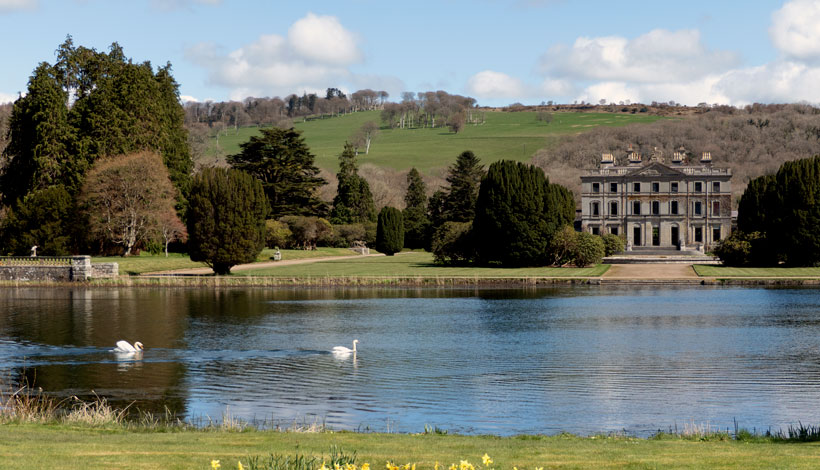
Curraghmore House nestles in a valley carved out by the little River Clodiagh, amid a demesne of some 2,500 acres of forest, farmland, avenues, gardens and exotic trees, all unspoilt by modern accretions. The home of Henry Nicholas de la Poer Beresford, ninth Marquis of Waterford, and his family, it was until recent years a rather private place, little visited except by country-house aficionados.
Curraghmore has been home to the same family for at least six centuries, the name changing only once, through marriage, from Power to Beresford. The Powers descend from Henry le Poer, a Pembrokeshire knight granted a large estate in Co Waterford by King John in about 1200. The Curraghmore branch became dominant among his descendants in the 15th century and successive heads of the family ruled east Waterford as if it were their private fiefdom. Ennobled as Barons le Power and Coroghmore, they were tamed by the Tudors, rode the tide of religious upheaval under the Stuarts (rising to become Earls of Tyrone in the process) and ended the 17th century as staunch Protestants. The Civil Survey of 1654 records, ‘There stands a fayre castle and a goodly stone howse upon the land,‚’ together with an orchard, a meadow, a ‘fine wood‚’, and a bridge (still there) and mill on the river Clodiagh. Letters in the archives speak of major work being done at the house in 1666 and again in 1700.
To read this article in full, subscribe or buy this edition of the Irish Arts Review
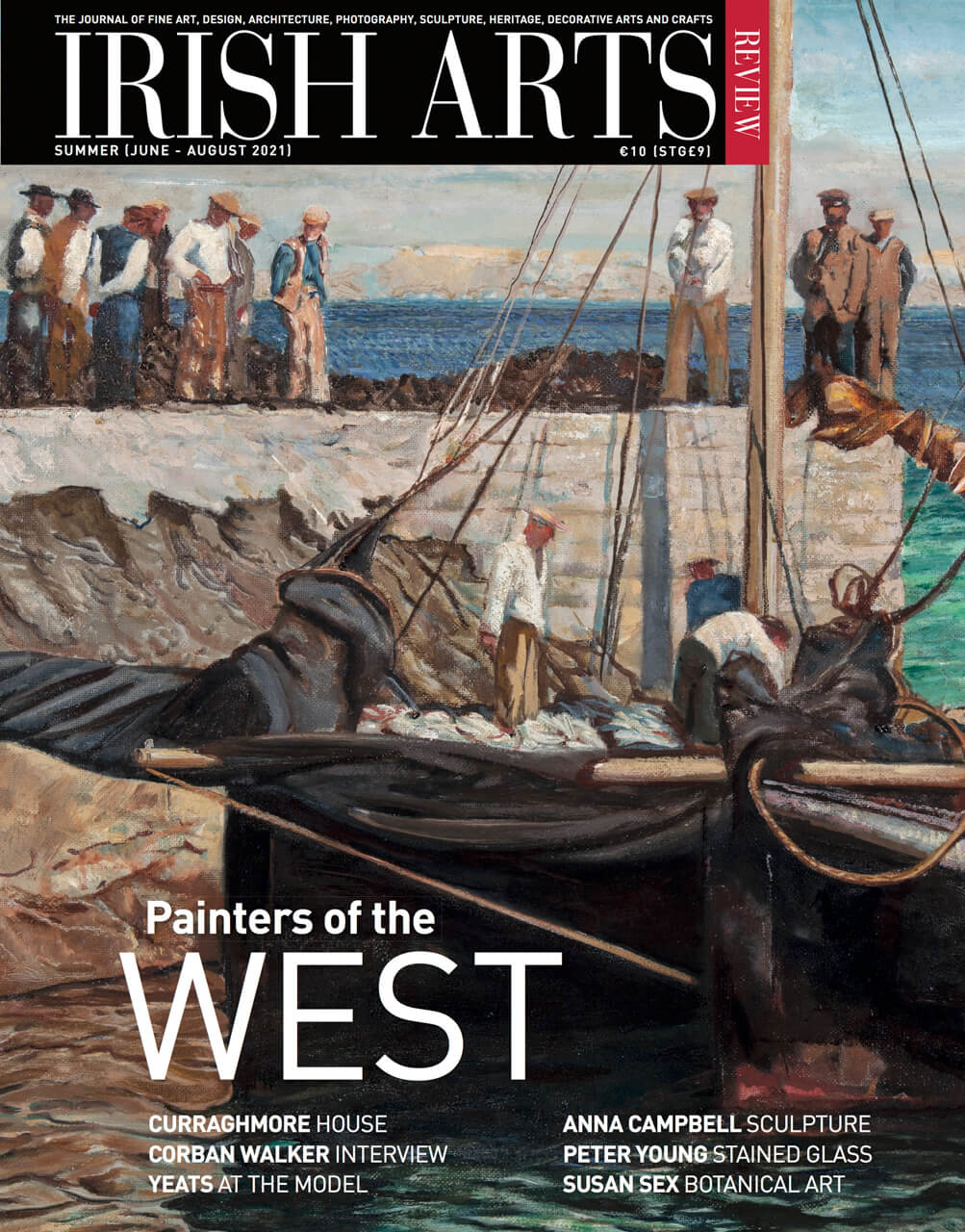
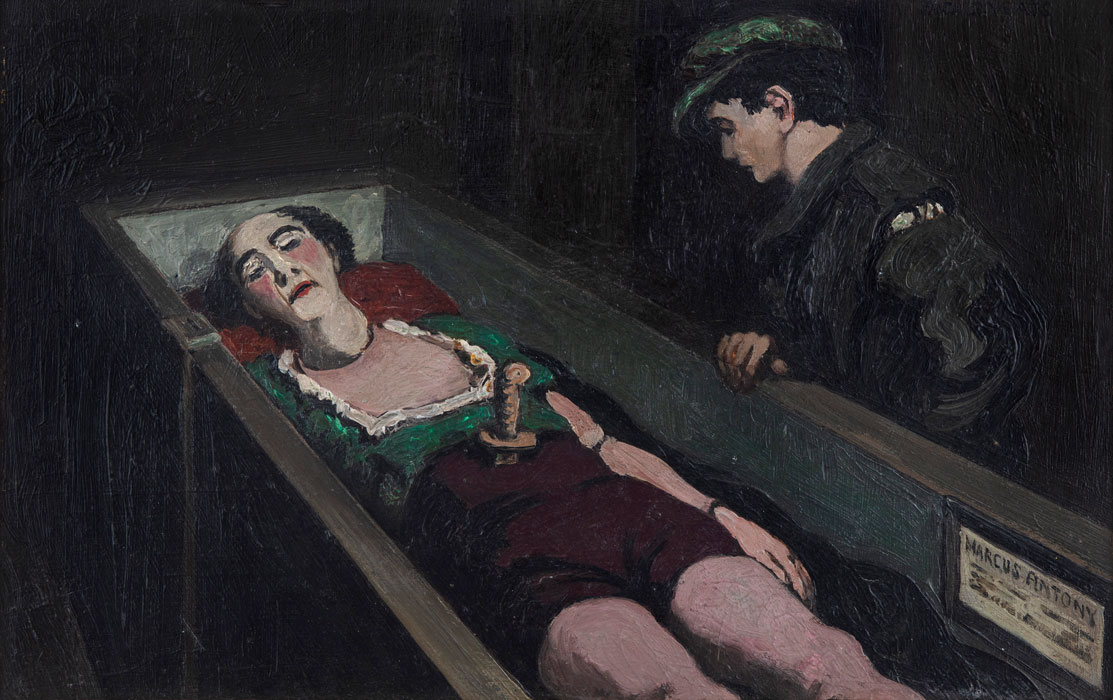
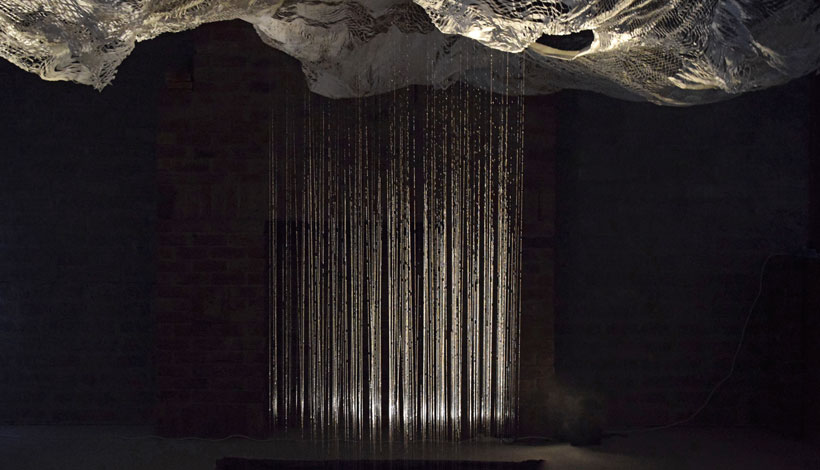
Marcel Vidal finds that a thread of instability runs through Freida Breen’s sculptural practice
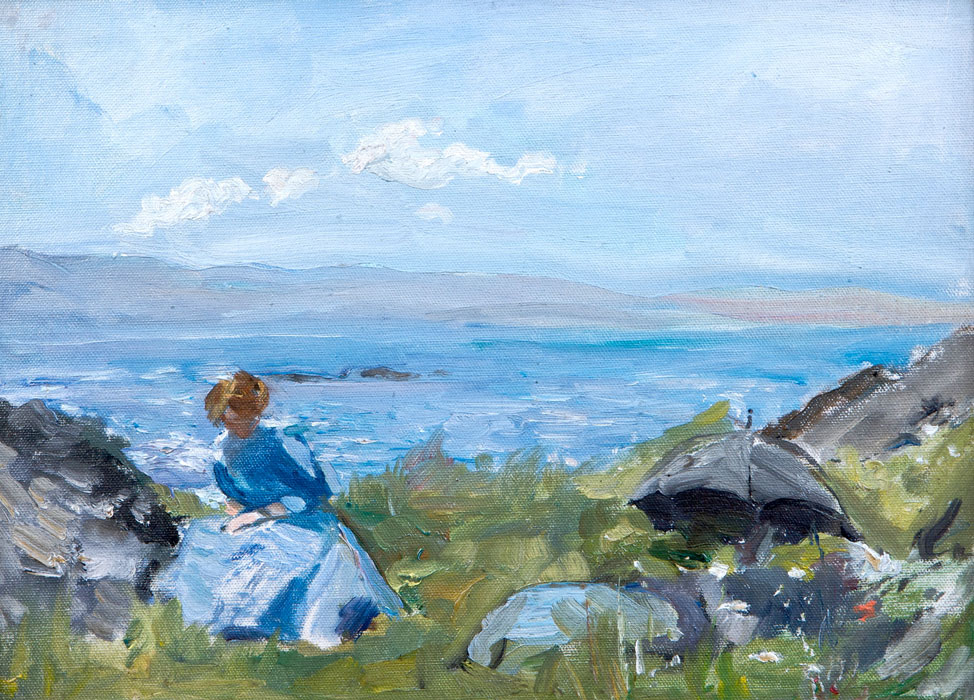
Julian Campbell outlines the expressive, emblematic ways in which artists have been drawn to the wild and rugged Atlantic landscape